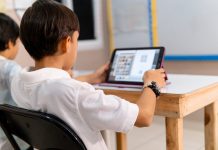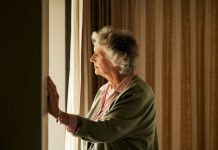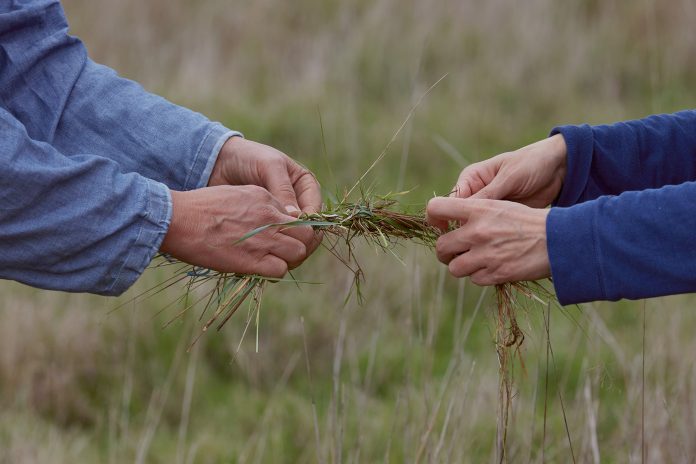
Here, Deirdre Figueiredo, MBE and Director of Craftspace, discusses the relationship between art, community and mental health during lockdown
‘We are Commoners – Creative acts of commoning’ is a national touring exhibition curated by Craftspace, a craft development charity based in Birmingham.
In an article about ‘Commons Thinking’ Justin Kenrick describes the commons as “life-sustaining or life-enhancing resources and services that have not been divided up and assigned a monetary value in the global economy but instead are shared – according to evolving arrangements and agreements – among members of a community or group.
They range from the air we breathe, pollination provided by bees, land that provides food for gathering, sharing, cultivating and dwelling rather than selling, to libraries, public parks, pavements we walk along, and on to childcare, care for the elderly and words of comfort given freely and willingly rather than at an hourly rate.”
What does ‘commoning’ really mean?
Activating the verb ‘to common’ is a way to renew public life. Acts of commoning can be woven into every aspect of life and become a way of living. A life where we can connect to produce shared rituals and resources that we look after together. Getting involved through co-operation, mutual care and exchange can heal and make change in our communities.
As we mark Mental Health Awareness Week, creative commoning through craft and making is a positive route to individual and collective wellbeing. Research by BBC Arts in partnership with University College London in 2019 showed that creative activities can provide a coping mechanism to control our emotions and give us the mind space to reassess problems in our lives and make plans.
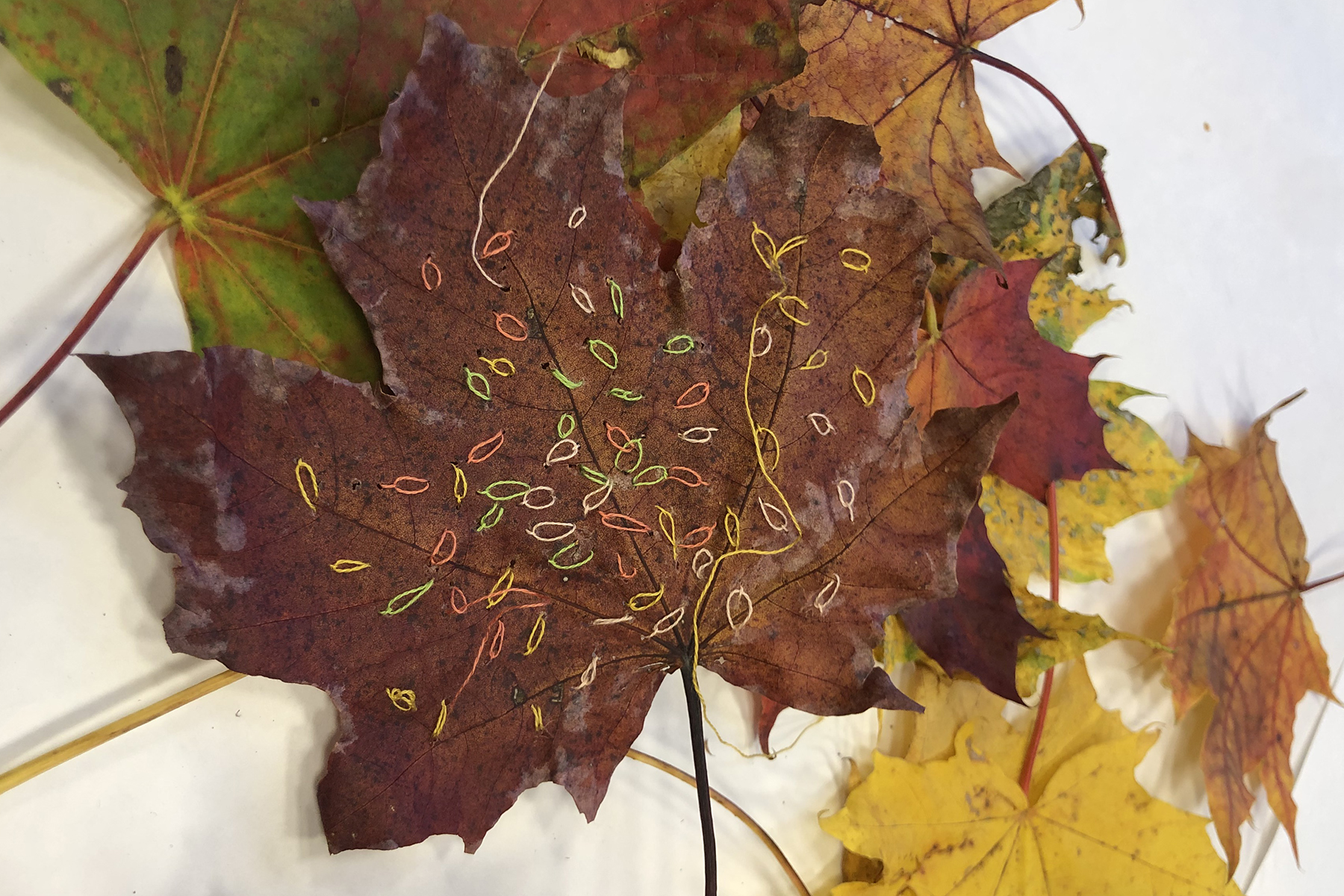
The connection between art and community
Featuring UK and international artists, the projects exhibited represent ideas and resources to inspire acts of commoning. Craft and making skills are often shared and portable, including across borders. In the exhibition, skills and materials provide either a means to common or are used to give insight into examples of commoning.
There is a shift in thinking from, “you’re on your own” to “we’re in this together.” Valuing community solidarity, social co-operation and sharing resources stewarded collectively, responsibly and inclusively is more important than ever. Artist Jacky Oliver collaborated with ‘Bees and Refugees’ founded by Syrian refugee Ali Alzein who began keeping bees for his own mental health. Her artwork ‘Breaking Borders’ reflects the commoning and therapeutic actions of a beekeeping community. The project supports refugees, local people and the bee population to flourish, so increasing wellbeing and cohesion as well as improving the environment.
In an expansion of the project, and in the spirit of the commons, local people or places in the community host a beehive in exchange for honey. Artist Alinah Azadeh has created ‘Craft in Common’ an online resource for making things to get through difficult times. Each workshop is themed to relate to a human value or experience such as; courage, care, connection, loss and emotional repair.
Commoning can help process trauma and loss to find meaning and aid recovery.
Caring for public spaces as an ‘offering to the future’
Artist Linda Brothwell’s ‘Acts of Care: Bench Repair Project’ is underpinned by her belief in the importance of caring for public spaces as well as private ones. During lockdown, on her daily walks around public parks in Bristol, she studied benches that needed repair. She made wooden slats to fit, each with beautiful inlay, as “…an offering to the future, to a time when we can sit and share in public space again.” She has worked through hope rather than certainty, to create for the city and spaces that hold her.
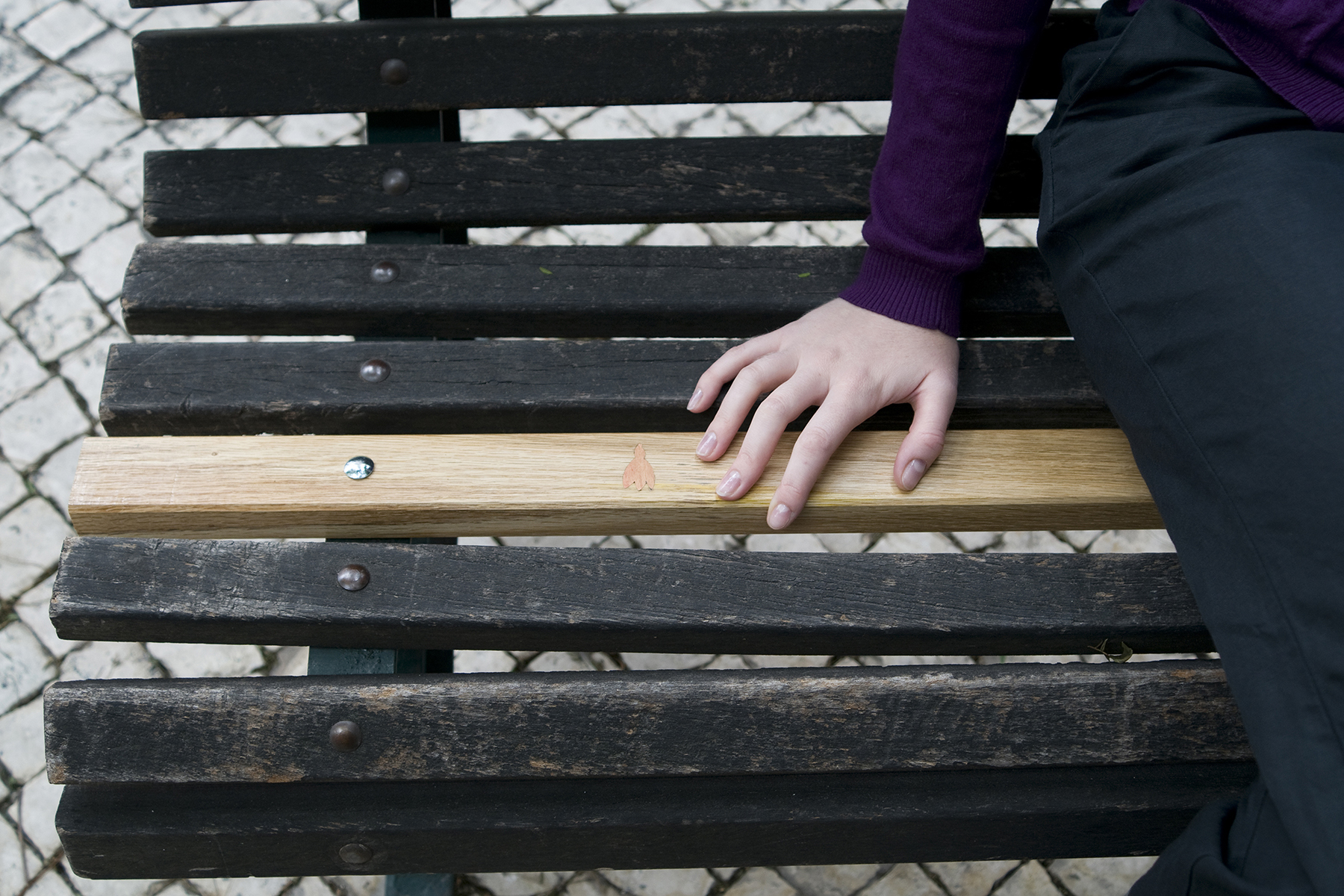
Duo Alice McLean and Justine Boussard’s project ‘Common Ground: The Walsall Road Allotments’ collaborated with plot holders to create etched brass tokens to commemorate a successful campaign to save the allotments from being sold for development. The project reflects the belief that this campaign and other ‘acts of commoning’ the plotholders undertake daily, looking after the land and their community, will have a positive impact on future generations. Faced with an uncertain future, the commons remind us there are other, mutually enriching, ways to own.
How can commoning bring a neighbourhood together?
Increasing privatisation, individualism and the impact of austerity have eroded the commons. So has the tendency to measure prosperity and success in monetary terms rather than by the assets which relate to people – human and social capital, skills and resilience.
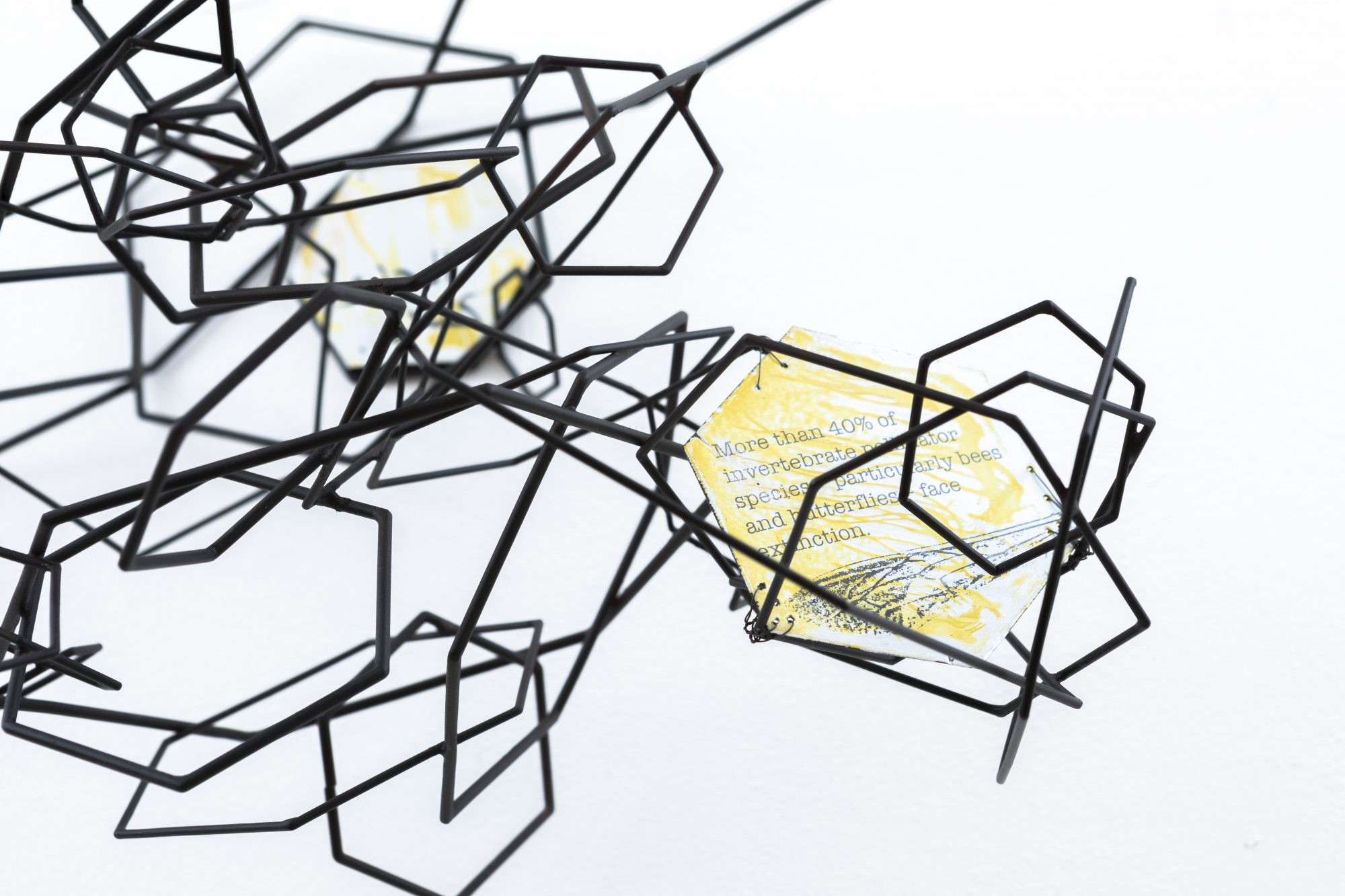
At a time when local authorities are forced to make cuts in provision and lack resource to manage publicly owned assets, being able to understand, advocate for and re-frame the intrinsic value of commonly owned cultural, heritage other assets to thriving commons neighbourhoods is vital and urgent. Participating and collaborating in commons thinking to create new knowledge can equip people to reimagine stewardship of commonly owned resources and tap into, support and connect emergent forms of commoning as part of developing local strategies to counter the creep and threat of new forms of enclosure.
The ability to think in a Commons way is an important skill for rebuilding political, community and personal resilience.



